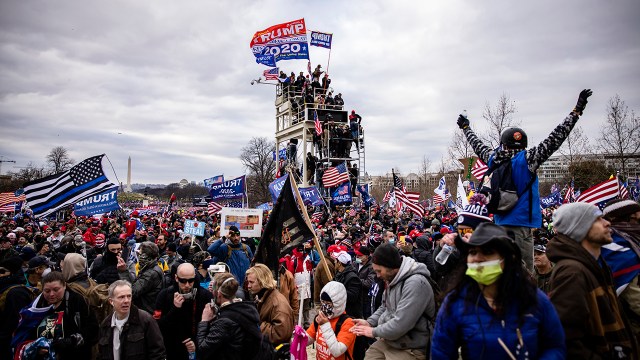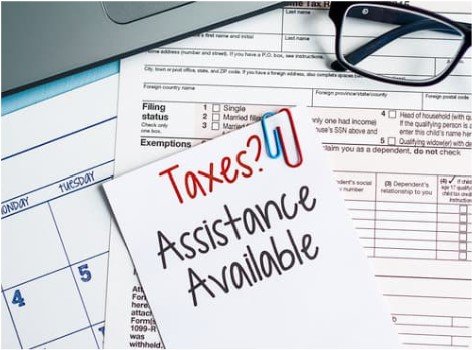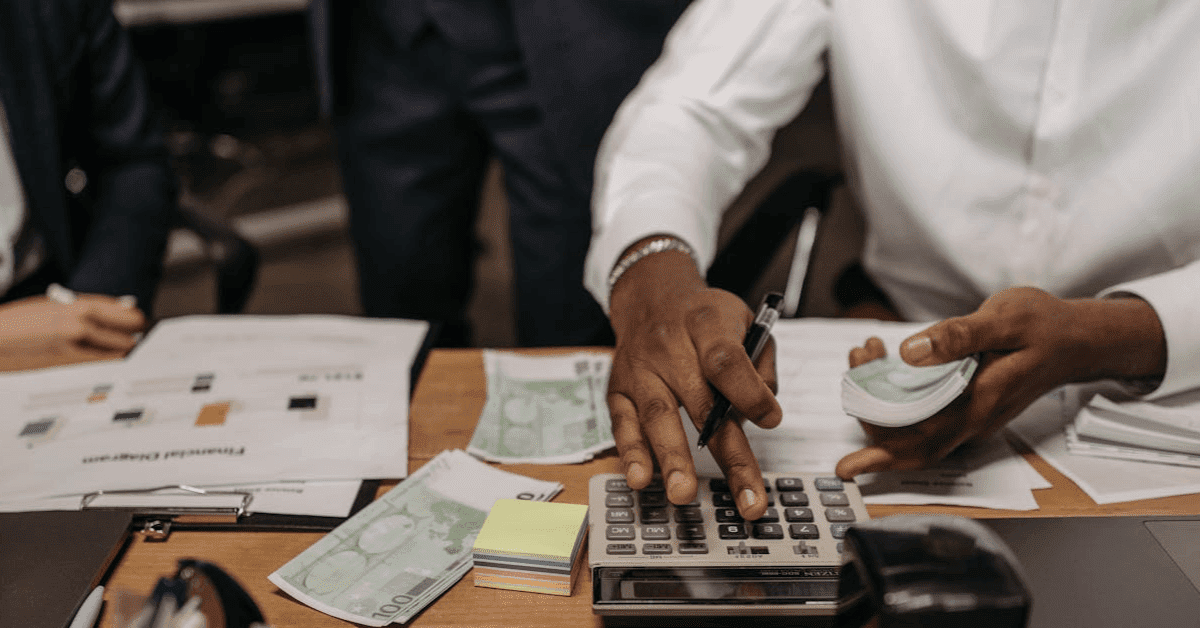News USA Riots: Understanding the Causes and Impacts

| Introduction: What Are Riots? | A riot is typically characterized by violent disturbances, with individuals or groups engaging in acts of civil disobedience, looting, and property damage. However, unlike protests, which are often peaceful demonstrations, riots tend to escalate into uncontrolled events that disrupt daily life. While protests can be a legitimate and peaceful expression of grievances, riots are seen as a more destructive form of unrest. Let’s break down the primary causes of riots in the USA. |
| Defining Riots and Distinguishing Them from Protests | It’s important to differentiate between a protest and a riot. While protests are meant to express dissent without violence, riots are violent, often involving looting, vandalism, and clashes with law enforcement. Although both are forms of political expression, riots are typically seen as more destructive and chaotic. Understanding the distinction helps in analyzing why certain events escalate into riots instead of remaining peaceful protests. |
| Recent Riots in the USA | The U.S. has witnessed numerous riots in the last few decades. These events are often ignited by a specific incident that sparks a collective outcry, but underlying social and economic issues tend to fuel the larger unrest. Let’s explore some of the most notable riots in recent U.S. history. |
| Key Causes of Riots in the USA | What causes people to riot? While the trigger may be a single incident, many riots in the U.S. are fueled by deeper systemic issues. Let’s take a closer look at the primary drivers of social unrest in America. |
| Racial Tensions and Police Brutality | One of the leading causes of riots in the USA has been racial tension, particularly incidents involving police brutality against Black Americans. The death of George Floyd in 2020, for example, led to widespread protests and riots across the country. Police violence against marginalized communities has sparked violent confrontations, with many people feeling that the justice system has failed to address these issues. |
| Economic Inequality and Social Unrest | Economic inequality is another factor that has driven caheadline.com in the USA. When large portions of the population feel that their economic opportunities are limited, or that the system is rigged against them, frustration builds. The 1992 Los Angeles riots, which followed the acquittal of police officers who had beaten Rodney King, were partly fueled by economic disparities in minority communities. |
| Political Polarization and Divisiveness | Political division and polarization in recent years have also contributed to an uptick in civil unrest. The 2020 election season, in particular, saw a sharp increase in tensions, with groups on both the left and right expressing their dissatisfaction through riots. The Capitol riot on January 6, 2021, serves as a chilling example of how political polarization can lead to violence, as rioters stormed the U.S. Capitol in an effort to overturn the results of the presidential election. |
| Notable Riots in Recent US History | The United States has witnessed some highly charged riots in recent history, many of which have had a lasting impact on social movements and the political climate. Let’s look at some of the most significant riots in the country’s history. |
| The 2020 George Floyd Protests and Riots | The murder of George Floyd by a Minneapolis police officer sparked nationwide protests against police brutality. Unfortunately, these protests escalated into riots in cities like Minneapolis, Los Angeles, and New York, with people looting stores, setting fire to buildings, and clashing with police. These riots brought global attention to issues of racial inequality and police violence, but also raised questions about how to balance protest with public safety. |
| The Capitol Riot of January 6, 2021 | One of the most shocking events in recent U.S. history was the Capitol riot, when supporters of then-president Donald Trump stormed the U.S. Capitol building in Washington, D.C., in an attempt to prevent the certification of Joe Biden’s presidential election victory. This riot was the culmination of months of political rhetoric, misinformation, and distrust in the electoral system, leading to a violent confrontation that left multiple people dead and many others injured. |
| Los Angeles Riots of 1992 | The Los Angeles riots, sparked by the acquittal of police officers involved in the brutal beating of Rodney King, serve as one of the most significant examples of racial and economic tension culminating in a riot. Over six days, the city saw looting, arson, and clashes with the police, leading to over 50 deaths and millions of dollars in damages. This riot is often cited as a turning point in discussions about police brutality and racial justice in America. |
| The Role of Media in Shaping Public Perception of Riots | Media plays a crucial role in shaping how the public perceives riots. How are these events covered, and what impact does media coverage have on public opinion? |
| Mainstream Media vs. Social Media Coverage | Mainstream media outlets often cover riots with a focus on the violence, destruction, and law enforcement response. This can contribute to a more negative perception of protests, especially when the underlying issues driving the unrest are not fully explored. On the other hand, social media platforms often offer a more raw and immediate perspective, with activists using these platforms to share real-time updates and draw attention to the causes behind the unrest. |
| The Impact of Media on Riots and Public Opinion | Media coverage of riots can either help amplify the message of a protest movement or detract from it. While some media outlets highlight the causes behind the unrest, others may focus on sensational aspects like looting or violence. This can influence public opinion, making it harder to distinguish between the legitimate grievances of protesters and the criminal actions of a few individuals. |
| The Aftermath of Riots: Legal and Social Impacts | Riots leave behind more than just physical destruction; they also have lasting legal and social consequences. Let’s take a look at what happens after a riot ends. |
| Law Enforcement Response to Riots | Law enforcement’s role in managing riots is complex. Police are often tasked with maintaining order, but their use of force can sometimes escalate tensions. After riots, investigations are conducted to determine whether law enforcement acted appropriately, and police reform may be discussed as a result of public pressure. |
| Legal Repercussions for Rioters and Protesters | Rioters face legal consequences, ranging from arrests to criminal charges. For some, the aftermath of a riot involves facing lengthy prison sentences, especially if they were involved in violent or destructive behavior. However, the legal repercussions often spark debates about the balance between maintaining public safety and protecting civil rights. |
| The Future of Riots in the USA | What does the future hold for riots in the USA? As the country continues to grapple with its social and political challenges, will riots become more frequent, or will new methods of protest take their place? |
| Are Riots Becoming More Frequent in America? | There has been an increase in civil unrest over the past few decades, but it’s hard to say whether this means riots are becoming more frequent. The frequency of riots often depends on the social, political, and economic climate of the time. While some observers believe we are entering a new era of unrest, others argue that social movements are evolving toward nonviolent methods of protest. |
| Changes in Legal Framework and Social Movements | As protests and riots become more frequent, it’s likely that changes to the legal framework will follow. This could include stricter laws regarding the organization of protests and greater oversight of law enforcement during public demonstrations. Additionally, social movements may evolve to focus more on nonviolent means of achieving change. |
| Conclusion | Riots in the USA are complex events that stem from a mix of social, political, and economic factors. Whether driven by racial tensions, economic hardship, or political conflict, riots often serve as a wake-up call to the underlying issues that fuel unrest. Understanding the causes and impacts of riots is crucial for finding lasting solutions to the problems that spark them. |





